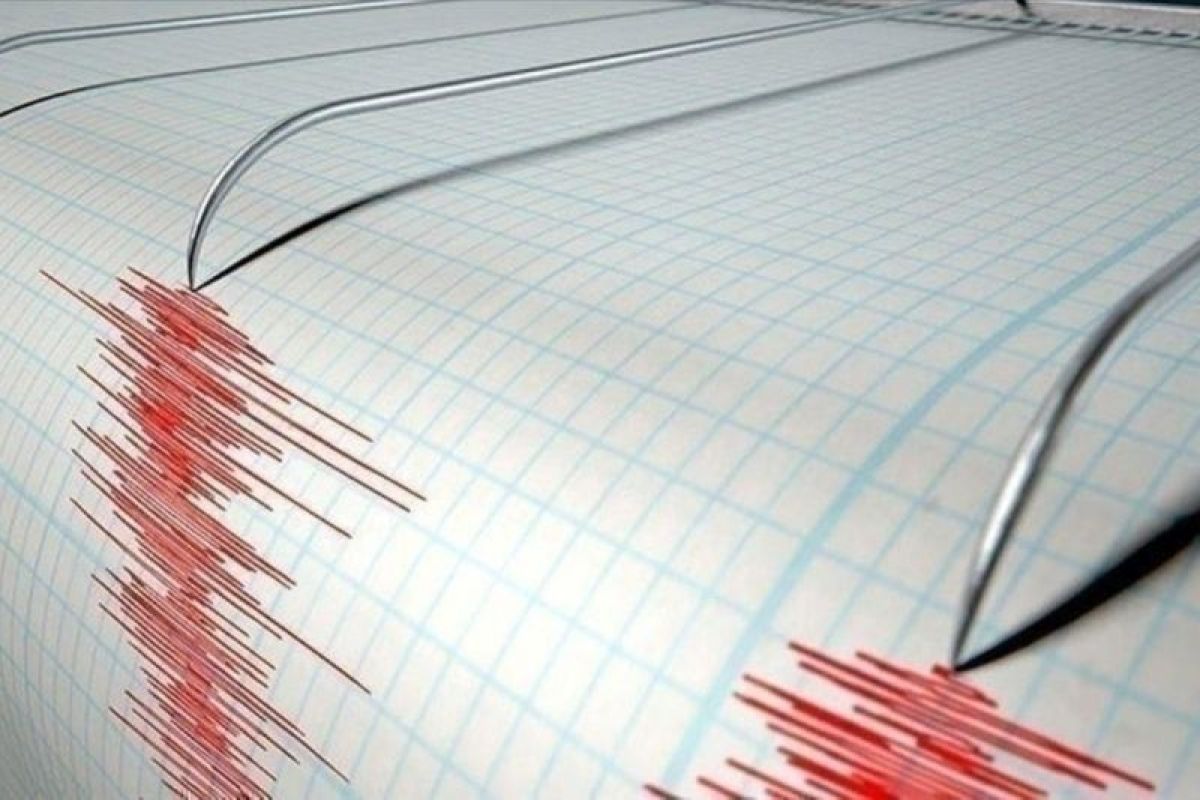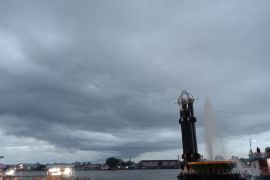Jakarta (ANTARA) - The Meteorology, Climatology, and Geophysics Agency (BMKG) has said that the 7.6-magnitude earthquake recorded in the Mandalay region of Myanmar on Friday afternoon did not impact Indonesia.
Strong tremors from the quake originating in Myanmar were felt in Bangkok, Thailand, and caused damage to buildings.
Director of earthquakes and tsunamis at the BMKG, Daryono, on Friday informed that as per the national monitoring system, the earthquake struck at 1:20 p.m. Western Indonesian Time (WIB).
Its epicenter was located at coordinates 21.76° N and 95.83° E, at a depth of 10 kilometers, he added.
Based on the BMKG's analysis, the earthquake was classified as shallow and was triggered by the activity of the Great Sagaing Fault, which exhibits a horizontal movement mechanism (strike-slip).
The impact of the earthquake was felt strongly in Mandalay city, Myanmar, and several areas in Thailand. Initial reports from Bangkok authorities stated that 43 people were injured in the quake, while one person died in a building collapse.
As of 3:28 p.m., the BMKG recorded three aftershocks, with the largest measuring 6.6 in magnitude and the smallest 4.6. However, it assured that the earthquake did not have the potential to cause a tsunami and had no impact on Indonesia.
"The Myanmar 7.6M earthquake also did not affect seismicity in the Indonesian region," Daryono said.
The BMKG also reminded the public to remain calm and not be alarmed by unverified information.
Daryono said that due to the phenomenon of the long vibration period, Bangkok witnessed significant damage even though it is located far from the earthquake epicenter.
According to him, soft soil amplifies earthquake waves coming from far-off sources, and the effect of long-distance quakes on the thick soft soil sediment deposits in Bangkok can create a resonance effect that threatens tall buildings.
He said that a similar phenomenon was witnessed in 1985 during the massive 8.1M earthquake on the coast of Michoacan. Although the epicenter was 350 kilometers away from Mexico city, the city experienced severe damage.
"Most of the 9,500 deaths occurred in Mexico city, which was built on reclaimed swamps," he informed.










